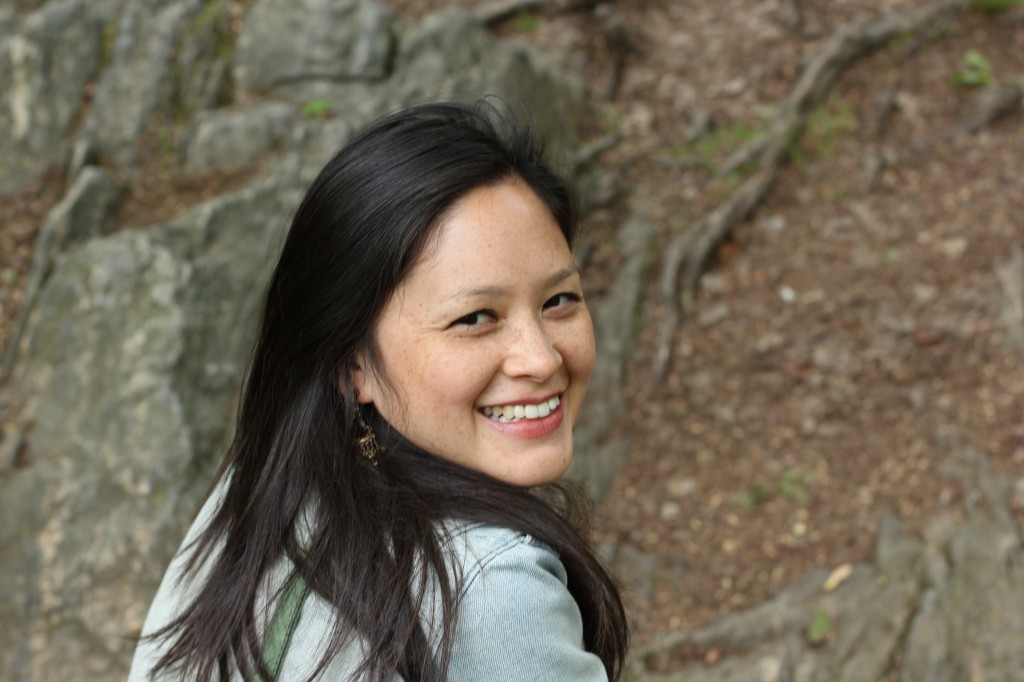Physical Therapy: Helping Us Get Up and Going
BY VIRGINIA FUNG
As a dancer, I have chosen to pursue a career in physical therapy. I know that dance will always be a part of me; wherever I go, I am a dancer first. However, I have found that in a lot of ways physical therapy can be just as much if not more rewarding than dance. Physical therapists (PTs) are the movement experts of the healthcare world – we often know more about the musculoskeletal system then the general practitioner doctor. Because of our unique position in healthcare, we have the opportunity to really spend time with our patients, listen to their concerns and advocate for them and their needs. We restore movement back to our patients. Because we are beings that thrive on motion, physical therapy restores to patients a big part of what it is to be human.
This past summer I worked with patients in chronic pain. Treating patients with chronic pain is not necessarily about removing an individual’s pain. Rather, it is about educating individuals to better understand their pain. One thing that is important for patients to understand is the difference between good pain and bad pain. Good pain often results from exercise whereas bad pain is the chronic pain that can send a person into a cycle of hurt for days. In some cases, our patients cannot get out of bed some mornings. We educate them to have a physical routine that they can do regardless of whether they are having a good day, bad day or okay day with their chronic pain. This gives patients a sense of empowerment, something physical that they can do to get themselves going without the fear of exacerbating their chronic pain. Often for these patients it is the fear of worsening pain that keeps them from getting up and moving. But it is also this fear of worsening the pain that sends them into a cycle.
One of the patients that left an impression on me was a 35-year-old women who injured herself at age 20 when she slipped on some pajama bottoms after a shower. From that day on she has had chronic low back pain that has kept her from going to work and doing things a normal 35-year-old does. She walked in with a side legged posture and waddled from side to side with every step. Her motions were slow and guarded, more like motions you would see in an 80-year-old than that of a 35-year-old. She had struggled with this condition for over 15 years and had seen a number of specialists and therapists. She had been seeing a Pilates trainer weekly until a recent setback prevented her from doing her weekly training sessions. She said to us that she had probably done every lumbar stabilization exercise that existed, and we agreed that she probably knew most of the exercises out there. But we took the exercises that she knew from Pilates and adapted them in a way so that she could accomplish them regardless of her pain level. This was empowering for her, knowing that that there was something she could do even when she was feeling her absolute worst. She had an extremely bright attitude about her pain; she remained optimistic that it was something she could manage.
This woman wanted to spend most of her days painting. Generally she would paint for 20 minutes before the pain became unbearable. Then she would lie down, and she would cycle through this routine all day long.
I remember one session where we modified her position while she painted. Simple modifications included putting one foot up on a stool to unload the spine, placing the canvas closer and having the brushes in front of her rather than to the side so she wouldn’t have to twist to get to them. As a result, she was able to paint for 30 minutes instead of 20.
This is an example of how we as PTs help to remedy a patient’s pain. We may not take away the pain entirely, but if we can help the person do what they want to do for longer and with less pain, then we have restored some of that person’s independence. We have given them more control. This is our ultimate goal: that our patients may be able to do more of what they want to do.
Whether it is dancing or painting, chronic pain or an acute injury, I’ve learned how physical therapy can restore and rejuvenate. There are enough things in the world that keep us from doing what we want to do, and if possible, pain shouldn’t be one of them. Physical therapy helps make that a reality.
Virginia Fung is currently studying Physical Therapy at Columbia University. She is originally from San Francisco.

